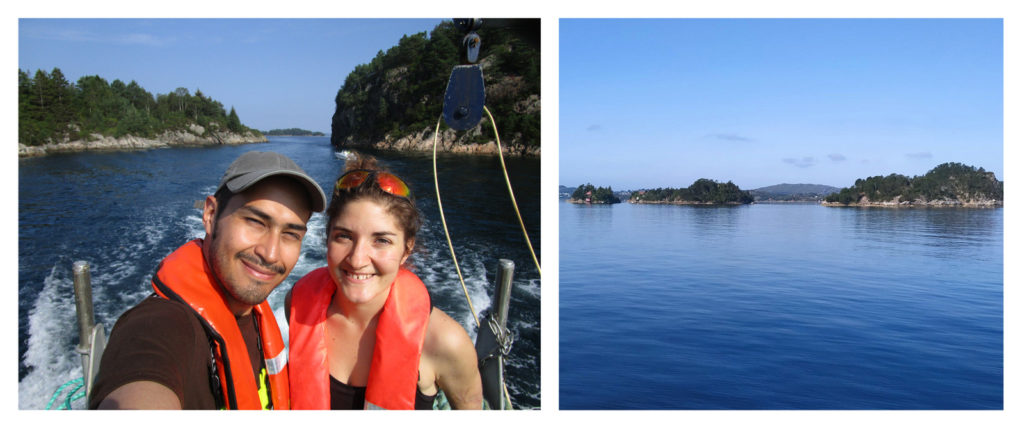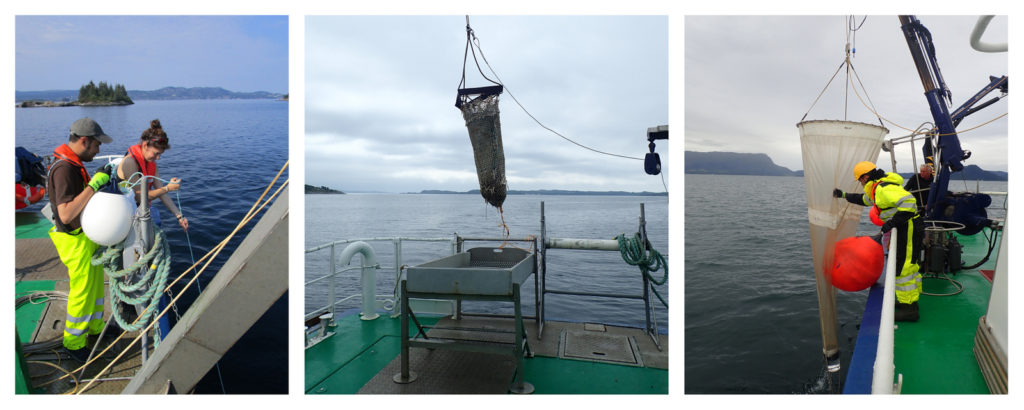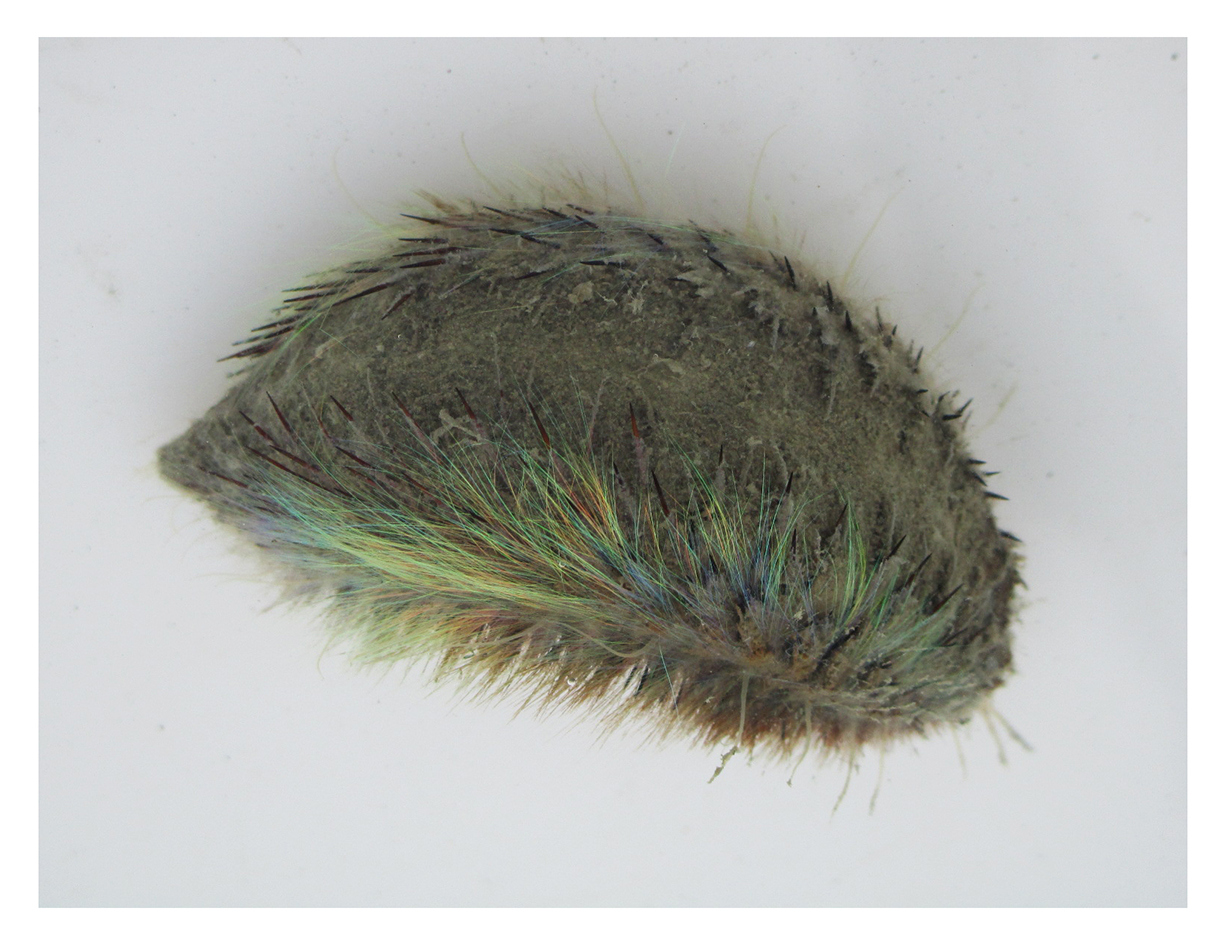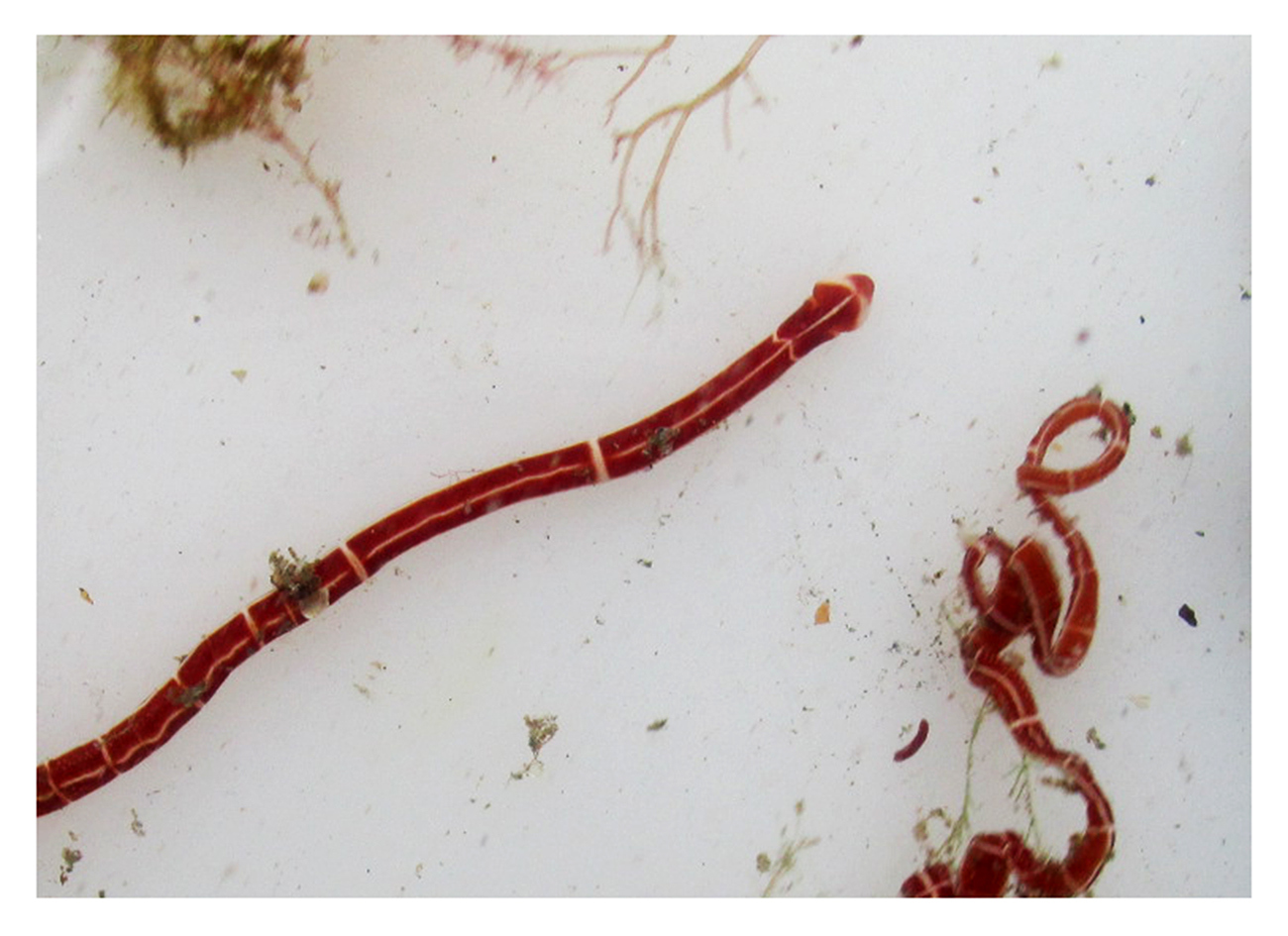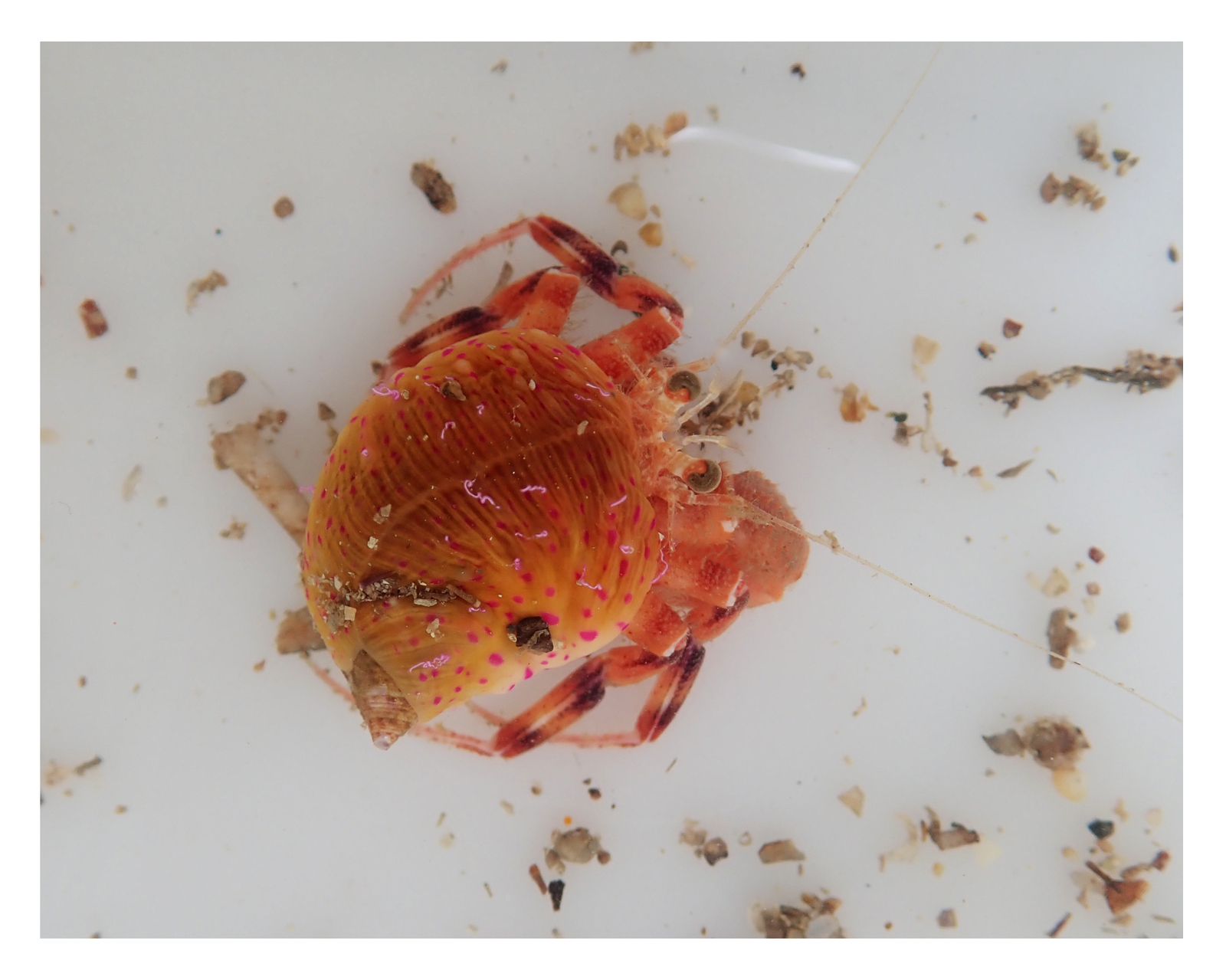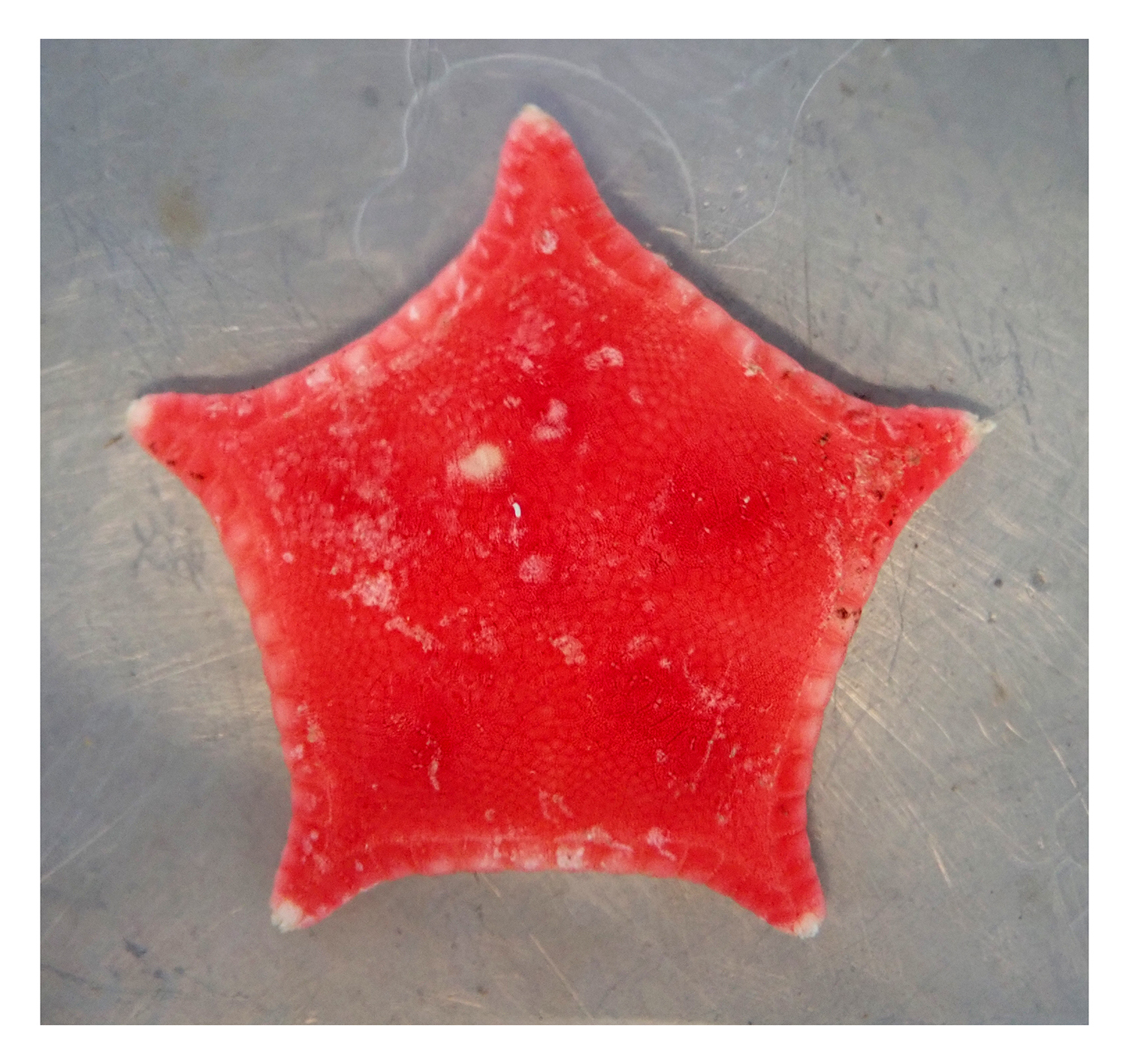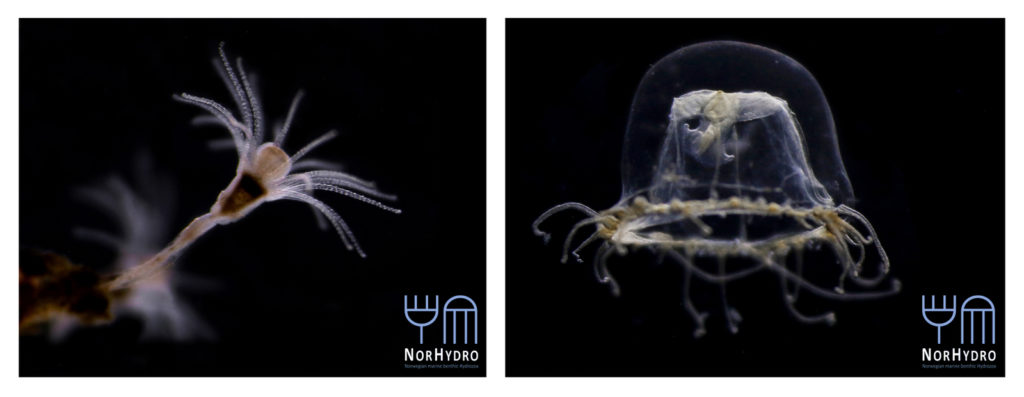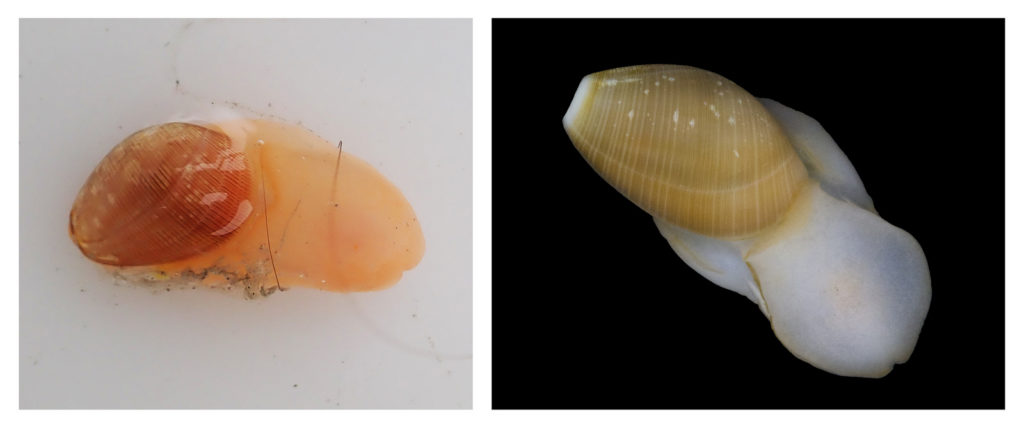As part of our continuous quest for hydrozoans and snails, we (Luis and Justine) recently embarked on a trip to the mighty Hardangerfjord on board the RV Hans Brattström. This is an area that we at the museum are keen to explore, since there have not been many sampling efforts in Hardanger in recent years, at least not after the joint survey carried out in the years 1955–1963 and in which Hans Brattström himself (the scientist, not the ship) took part. The Hardangerfjord has changed a lot since the 1960s, developing into one of the major fish-farming regions of Norway while at the same time retaining its touristic and agricultural vocation, so it is very interesting to come back and see if and how the invertebrate communities have also changed.
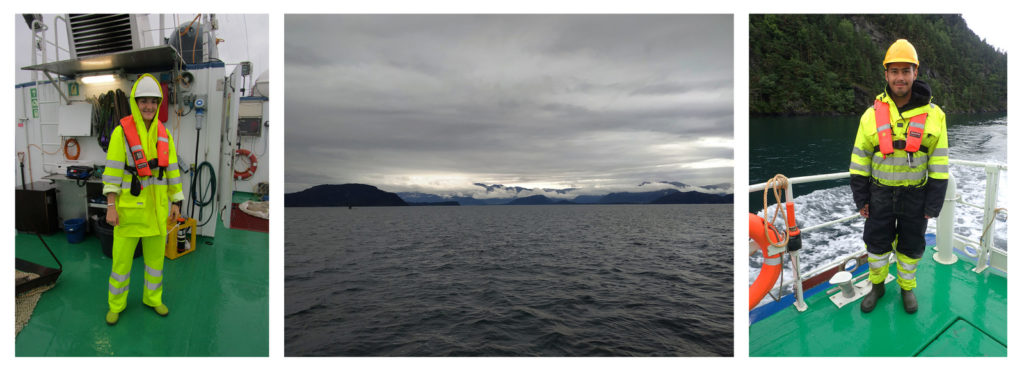
…but it quickly turned into a more ‘typical’ western Norwegian weather. Fortunately we were prepared for the rain!
The Queen of the fjords, as Hardangerfjord is sometimes known, is the second longest fjord in Norway and the fourth longest in the world, which means that we had quite a lot of ground to cover in our two day-trip if we wanted to have at least a brief look at the diversity of habitats and animals living in its waters. For this trip, we settled for a sampling scheme involving 9 stations distributed in the middle and outer parts of Hardanger, and we decided to leave the innermost part of the fjord for a future occasion. We looked at the animals living in the bottom of the fjord (benthos), the water column (plankton) and also deployed a couple of traps in order to catch specific critters. We explored rocky sites, sandy bottoms, muddy plains and kelp beds, and found an interesting array of animals in all our samples.
Some of the animals we saw (most of them were actually returned to the sea):
- Aphrodita aculeata
- Porania pulvillus
- Tubulanus annulatus
- The hermit crab Pagurus prideaux with the cloack anemone Adamsia palliata
- Periphylla periphylla
- Ceramaster granularis
- Polycera quadrilineata
Without any doubt, the highlights of our trip were the snail Scaphander lignarius and the hydrozoans Eudendrium sp. and Laodicea sp. The colonies of Eudendrium sp. were relatively abundant in shell- and rock-dominated bottoms, but their small size and not reproductive status prevented us from identifying them to species level right away. For a correct identification, we now have to look closely at the stinging cells (nematocysts) of the hydroids, and of course we will also try to get the DNA barcode of some of the specimens. Unlike Eudendrium sp., which lives in the bottom of the sea, our specimens of Laodicea sp. were swimming around in the water column. This species is interesting because previous DNA analysis have shown that, although they look like each other, different species of Laodicea coexist in Norwegian waters, so we are looking forward to obtain the DNA barcode of the jellies from Hardanger to compare it with the sequences we have from other parts of Norway.
Scaphander lignarius was quite the surprise finding. We really wanted to collect some individuals, but our hopes were not very high and we were mostly convinced that we would not see any during our trip. Luckily for us, there were several of them happily crawling around the mud in two of our stations! S. lignarius is one of the few representatives of the Scaphandridae family in Norway. This family of bubble snails is of particular interest to us to study the biogeography and speciation process of invertebrates in the deep sea on a worldwide scale, since members of the family are distributed all around the world, and most tend to inhabit depths below 500m. Sampling some of them will definitely help that project!
All around, this was a quite successful sampling trip, with many specimens collected to be added to the Museum Collections, and which will be very useful to many different research projects!
– Justine and Luis
PS: You can find more updates on our Artsdatabanken project NorHydro here in the blog, on the project’s facebook page and in Twitter with the hashtag #NorHydro.
References and related literature about the survey of the Hardangerfjors in 1955–1963
Braarud T (1961) The natural history of the Hardangerfjord, Sarsia, 1:1, 3-6.
Brattegard T (1966) The natural history of the Hardangerfjord 7. Horizontal distribution of the fauna of rocky shores, Sarsia, 22:1, 1-54.
Lie U (1967) The natural history of the Hardangerfjord 8. Quantity and composition of the zooplankton, September 1955 – September 1956, Sarsia, 30:1, 49-74.

